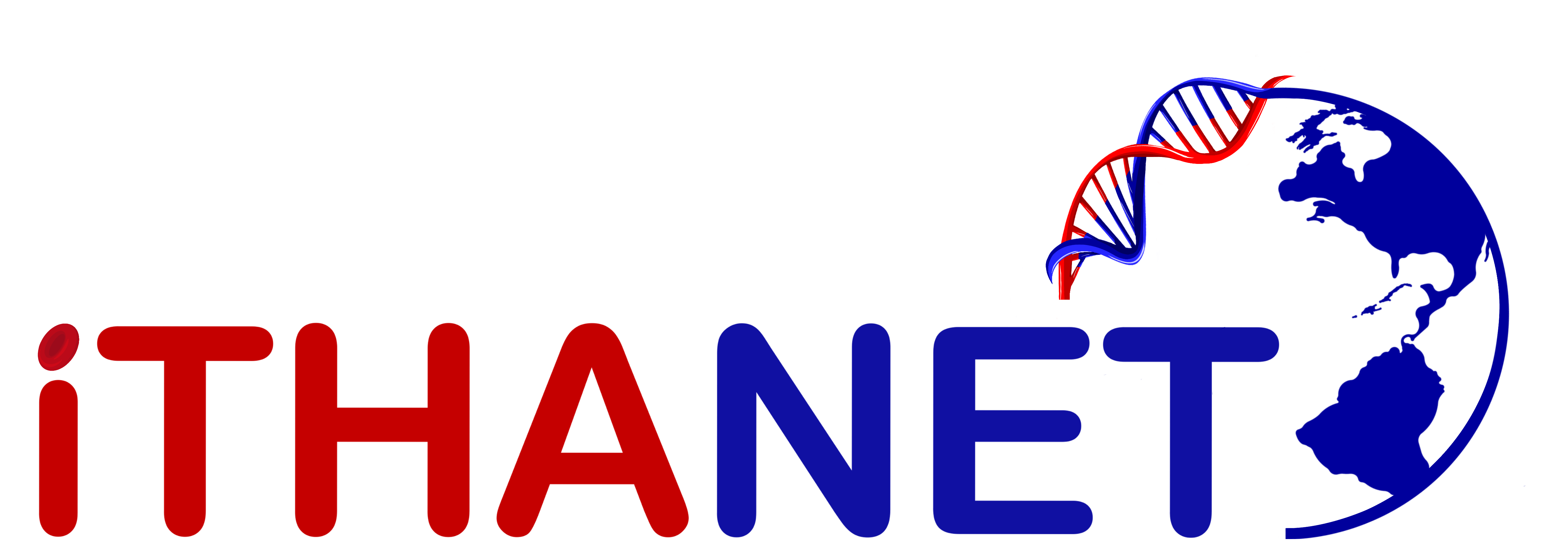IthaID: 1099
Names and Sequences
| Functionality: | Globin gene causative mutation | Pathogenicity: | Pathogenic / Likely Pathogenic |
|---|---|---|---|
| Common Name: | CD 90 GAG>GAC [Glu>Asp] | HGVS Name: | HBB:c.273G>C |
| Hb Name: | Hb Pierre-Bénite | Protein Info: | β 90(F6) Glu>Asp |
| Also known as: |
We follow the
HGVS sequence variant nomenclature
and
IUPAC standards.
Context nucleotide sequence:
AGGGCACCTTTGCCACACTGAGTGA [G>C] CTGCACTGTGACAAGCTGCACGTGG (Strand: -)
Protein sequence:
MVHLTPEEKSAVTALWGKVNVDEVGGEALGRLLVVYPWTQRFFESFGDLSTPDAVMGNPKVKAHGKKVLGAFSDGLAHLDNLKGTFATLSDLHCDKLHVDPENFRLLGNVLVCVLAHHFGKEFTPPVQAAYQKVVAGVANALAHKYH
Comments: Hb Pierre-Benite [β90(F6)Glu>Asp] is associated with polycythaemia (erythrocytosis). The amino acid change does not alter the net charge or polarity of the Hb molecule, hence it is not readily detectable by conventional electrophoretic methods. The abnormal β chain can be detected by mass spectrometry (ESI MS). No Hb instability is found by isopropanol testing. This variant was initially detected in a French family by protein analysis and confirmed at a heterozygous state by direct sequencing in a subsequent study. The Glu>Asp substitution is accompanied by a 14 Da decrease in β chain mass. The β90(F6) residue (i.e., the sixth residue of the F helix) is external and is not involved in α1β1 contacts or in the heme pocket. It is, however, located near the heme-linked proximal His at β92 (F8). The Glu>Asp substitution is association with high oxygen affinity and normal heme-heme interaction.
Phenotype
| Hemoglobinopathy Group: | Structural Haemoglobinopathy |
|---|---|
| Hemoglobinopathy Subgroup: | β-chain variant |
| Allele Phenotype: | N/A |
| Stability: | N/A |
| Oxygen Affinity: | Increased Oxygen Affinity |
| Associated Phenotypes: | N/A |
Location
| Chromosome: | 11 |
|---|---|
| Locus: | NG_000007.3 |
| Locus Location: | 70997 |
| Size: | 1 bp |
| Located at: | β |
| Specific Location: | Exon 2 |
Other details
| Type of Mutation: | Point-Mutation(Substitution) |
|---|---|
| Effect on Gene/Protein Function: | Missense codons (Protein Structure) |
| Ethnic Origin: | French, Caucasian |
| Molecular mechanism: | N/A |
| Inheritance: | Dominant |
| DNA Sequence Determined: | Yes |
HPLC
| ID | Hb Variant | Gene | Instrument | Method | Area (%) | Ret Time (min) | Comments | ||
|---|---|---|---|---|---|---|---|---|---|
| 70 | Hb Pierre-Bénite | β | D-10 | Dual Kit Program | 83.3 | 1.66 | This variant displays a high oxygen affinity and leads to erythrocytosis. Elutes as HbA0. | [PDF] | |
| 71 | Hb Pierre-Bénite | β | VARIANT | β-thal Short Program | 84.8 | 2.33 | This variant displays a high oxygen affinity and leads to erythrocytosis. Elutes as HbA0. | [PDF] | |
| 72 | Hb Pierre-Bénite | β | VARIANT II | Dual Kit Program | 83.2 | 1.753 | This variant displays a high oxygen affinity and leads to erythrocytosis. Elutes as HbA0. | [PDF] |
In silico pathogenicity prediction
Sequence Viewer
Publications / Origin
- Baklouti F, Giraud Y, Francina A, Richard G, Favre-Gilly J, Delaunay J, Hemoglobin Pierre-Bénite [beta 90(F6)Glu----Asp], a new high affinity variant found in a French family., Hemoglobin, 12(2), 171-7, 1988 PubMed
- Beard ME, Potter HC, Spearing RL, Brennan SO, Haemoglobin Pierre-Benite--a high affinity variant associated with relative polycythaemia., Clin Lab Haematol, 23(6), 407-9, 2001 PubMed
